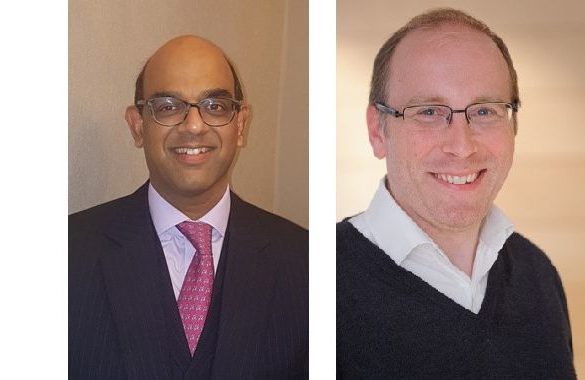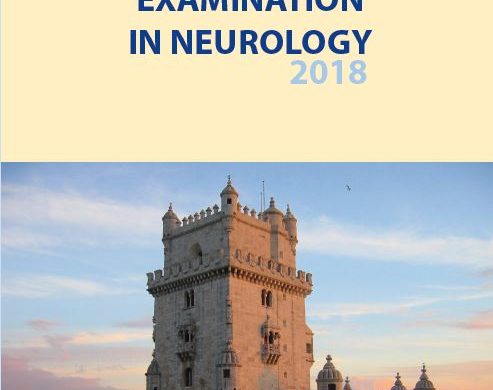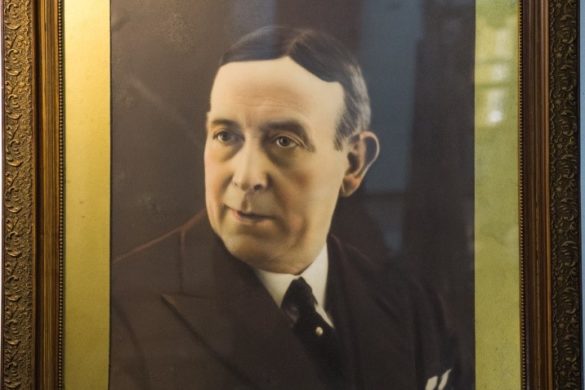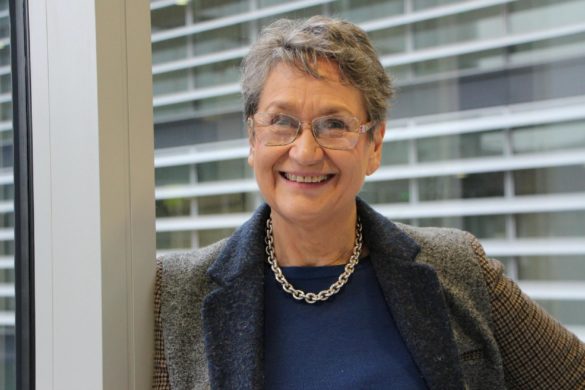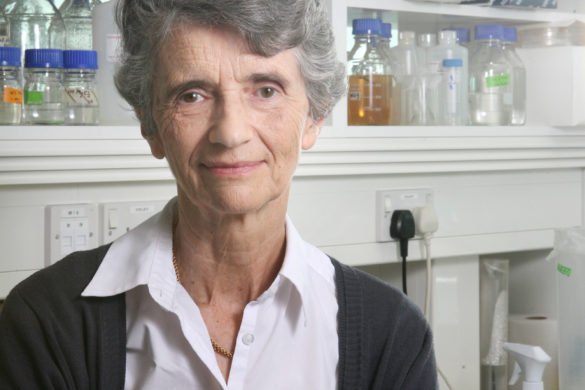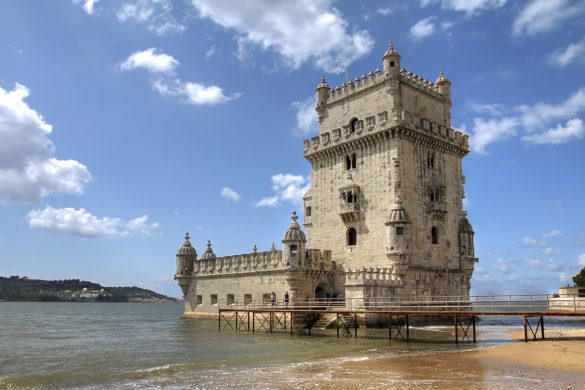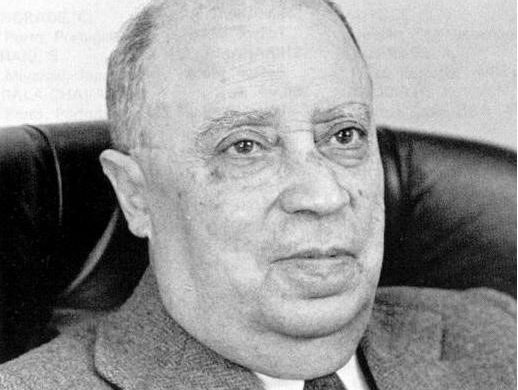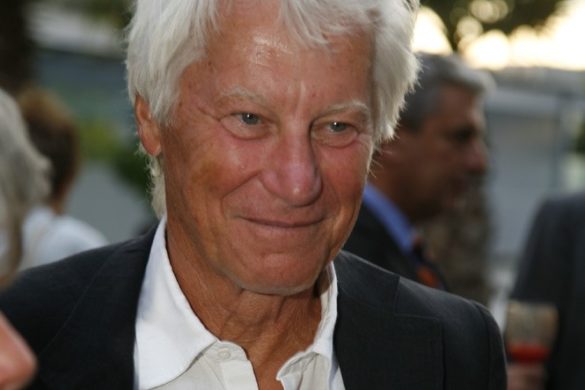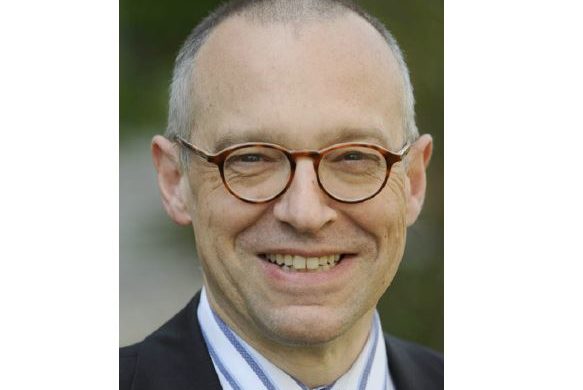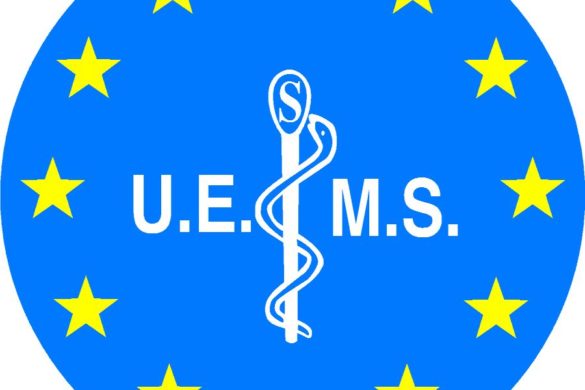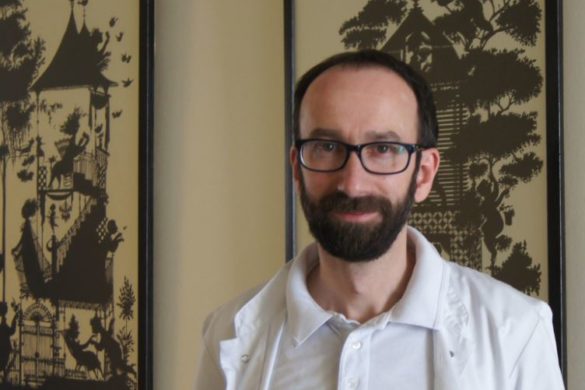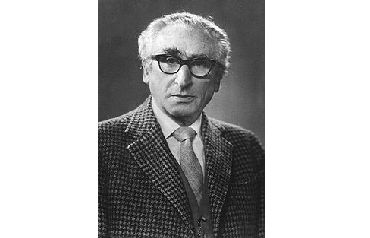InterviewsFellowship reportsEducation cornerEducationTop Articles
Interview with Prof. Anthony Pereira and Prof. Mark Edwards – directors of one of the 6 most popular Clinical Fellowship host departments
Eveline Sipido: Thank you for hosting applicants of the EAN Clinical Fellowship. How would you evaluate this EAN educational opportunity?
Mark Edwards (ME)/Anthony Pereira (AP): St George’s runs one of the largest Neurology & Stroke training schemes in the UK. We cover the UK curriculum on site and so can provide a comprehensive clinical training in neurology and stroke medicine.

